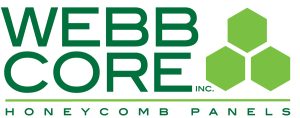Cleanroom panels do more than just create a controlled space—they play a critical role in energy efficiency.
Cleanroom panels play a crucial role in maintaining the integrity and functionality of controlled environments. Beyond their structural benefits, cleanroom panels can significantly contribute to energy efficiency, reducing operational costs and environmental impact.
Here’s how these panels help optimize energy use:
Overall, cleanroom panels are more than just structural components; they are essential for creating energy-efficient, sustainable cleanrooms that optimize performance while minimizing costs. This makes them a smart choice for any organization aiming to reduce its environmental impact.



